
| Recorded by: Jim Petranka on 2025-04-27
Madison Co.
Comment: | 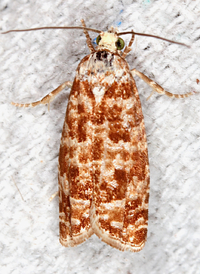
| Recorded by: Jim Petranka on 2025-04-23
Madison Co.
Comment: |

| Recorded by: Emily Stanley on 2025-04-19
Buncombe Co.
Comment: | 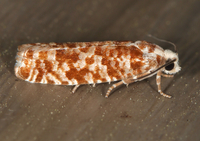
| Recorded by: Jim Petranka on 2025-04-19
Madison Co.
Comment: |
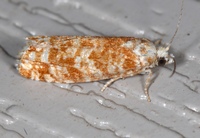
| Recorded by: Jim Petranka on 2024-05-05
Madison Co.
Comment: | 
| Recorded by: Jim Petranka on 2023-05-06
Madison Co.
Comment: |
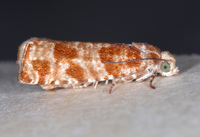
| Recorded by: Jim Petranka on 2023-04-16
Madison Co.
Comment: | 
| Recorded by: Jim Petranka on 2023-04-14
Madison Co.
Comment: |
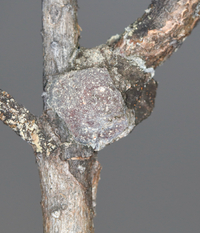
| Recorded by: Jim Petranka on 2023-04-12
Madison Co.
Comment: An occupied resin nodule on Virginia Pine; an adult emerged on April 16, 2023 (see companion photo of the adult). | 
| Recorded by: Jim Petranka on 2023-04-12
Madison Co.
Comment: A dissected resin nodule on Virginia Pine with a pupa. |
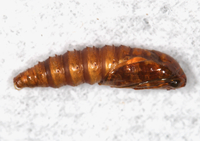
| Recorded by: Jim Petranka on 2023-04-12
Madison Co.
Comment: A pupa that was removed from a resin nodule on Virginia Pine. | 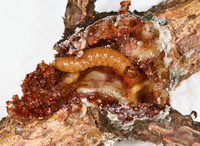
| Recorded by: Jim Petranka on 2022-11-17
Buncombe Co.
Comment: A dissected nodule with a second-year larva. |

| Recorded by: Jim Petranka on 2022-11-17
Buncombe Co.
Comment: A larva that was dissected from a nodule. | 
| Recorded by: Jim Petranka on 2022-11-17
Buncombe Co.
Comment: An intact second-year nodule in the crouch of a branch of a Virginia Pine. |
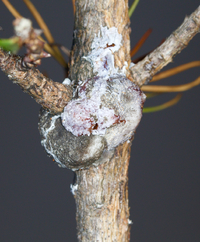
| Recorded by: Jim Petranka on 2022-11-17
Madison Co.
Comment: A resinous nodule of a second-year larva. | 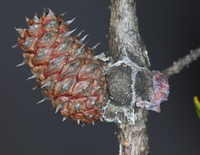
| Recorded by: Jim Petranka on 2022-11-17
Madison Co.
Comment: A resinous nodule of a second-year larva at the base of a pine cone. |

| Recorded by: Jim Petranka on 2022-11-17
Madison Co.
Comment: A resinous nodule of a second-year larva. | 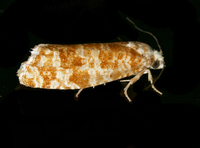
| Recorded by: Jim Petranka on 2022-05-05
Madison Co.
Comment: |
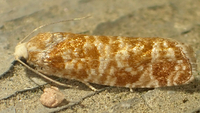
| Recorded by: tom ward on 2022-05-04
Buncombe Co.
Comment: | 
| Recorded by: tom ward on 2021-05-18
Buncombe Co.
Comment: |
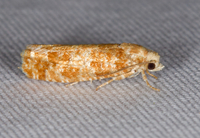
| Recorded by: Jim Petranka on 2021-05-15
Madison Co.
Comment: | 
| Recorded by: Jim Petranka on 2021-05-03
Madison Co.
Comment: |
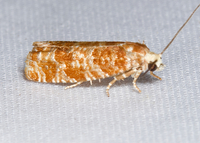
| Recorded by: Jim Petranka on 2021-04-29
Madison Co.
Comment: | 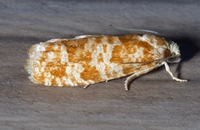
| Recorded by: Jim Petranka and Becky Elkin on 2020-05-16
Madison Co.
Comment: |

| Recorded by: Jim Petranka and Becky Elkin on 2020-05-01
Madison Co.
Comment: | 
| Recorded by: Vin Stanton on 2020-04-24
Buncombe Co.
Comment: |
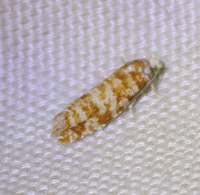
| Recorded by: Vin Stanton on 2020-04-24
Buncombe Co.
Comment: | 
| Recorded by: Jim Petranka and Becky Elkin on 2020-04-23
Madison Co.
Comment: |
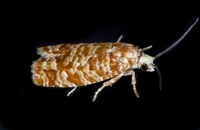
| Recorded by: Jim Petranka and Becky Elkin on 2020-04-23
Madison Co.
Comment: | 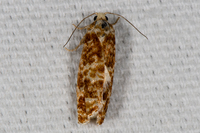
| Recorded by: David L. Heavner on 2019-05-08
Buncombe Co.
Comment: |
|

 »
»


























